Connecting Time, Town, and People with Red Bricks (2)
Participating in the symposium, “Connecting Time, Town, and People with Red Brick,” held on March 31.
This is a continuation of the previous article. The photo shows the venue, Shinmai Media Garden.
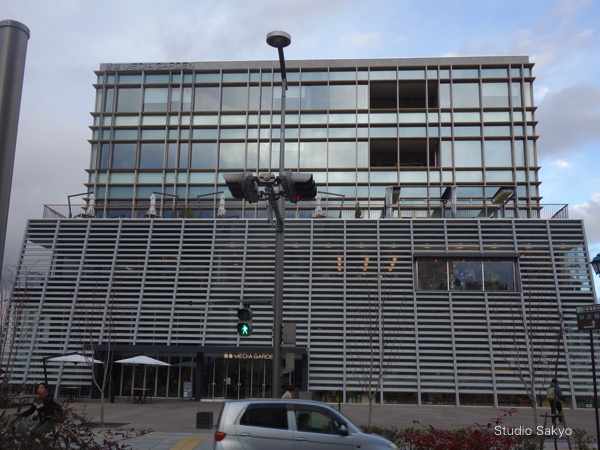
Professor Toru Kubo of Shinshu University’s Faculty of Humanities gave a presentation titled “Citizen’s Movement and the Red Brick Warehouse". According to him, there had been a movement to preserve the red brick architecture before.
In the previous article, I wrote that the old kitchen and bathroom were demolished in 1994, the movement was at that time.
In 1993, the “Association for the Preservation of the Red Brick Barracks” started its activities.
The demolition of the old kitchen and bathroom was decided in 1993, and since the demolition was inevitable, the group made the following requests to the Dean of the School of Medicine in December 1993.
* Investigation should be conducted to clarify the interior structure before dismantling the building.
* Some parts should be preserved, for example, the masonry arch of the entrance and the fireplace.
* The old red-brick barracks adjacent to the east side of the building (former the food warehouse, which is still in existence) should be actively considered for preservation and utilization.
The Medical Director gave the following response in January 1994. (–> is the actual response after that)
* We have requested Matsumoto City to conduct a survey. (–> I am not sure of the commissioning relationship, but the results of the survey are available.)
* Preservation of arches is not possible, but there is room for negotiation if preservation of gateposts is desired. (–> The gateposts were preserved.)
* The building on the east side will be retained for the time being. (–> The roof has been replaced.)
Behind the thoughts of the citizens’ movement was the memory of the Matsumoto Regiment.
The 50th Regiment was founded in 1905, and since 1908, when it was stationed in Matsumoto, it has been dispatched to the continent for service in Manchuria, Siberia, and Shandong. During the Sino-Japanese War, the regiment participated in the Hebei front and the attack on Nanking, and in 1944, the regiment dispatched to Tinian Island was completely destroyed. (Japanese troops on Tinian: 9,962 killed in action, 271 survivors).
In the same year, the 150th Regiment stationed in Matsumoto was also dispatched to Truk Island, resulting in many deaths.
At that time, the “Thinking Group” heard the talks of former soldiers many times during their meetings and worked to make this building a place to send out messages of peace.
I believe that the wish for peace cannot be overlooked as the significance of preserving the red bricks.
In Session II, “The Future of the Red Brick,” there was a discussion of its current utilization and plans for future use. For example, in the Faculty of Humanities, students have been inviting young artists to hold exhibitions in the warehouse since 2014 as a way of utilizing the modern heritage.
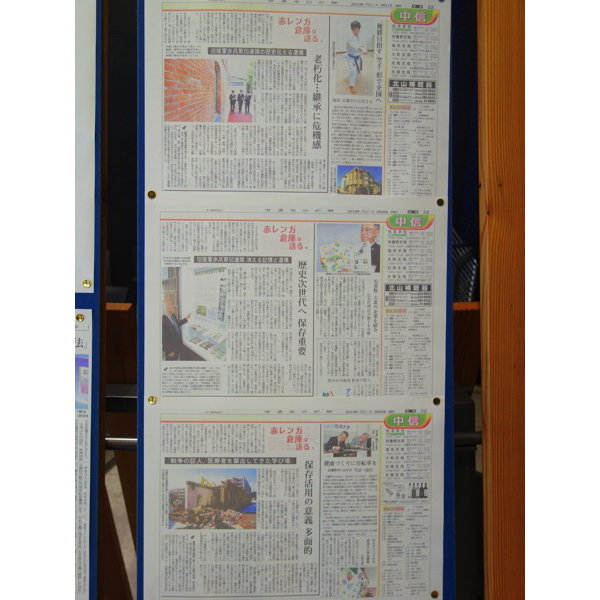
The photo is an article from the Shinano Mainichi Newspaper that was posted at the entrance of the venue on the day of the exhibition (the text is not legible in this photo). The article was part of a series titled “The Red Brick Warehouse Speaks". The article also describes the activities of inviting the artist.
In terms of examples of utilization in other areas, for example, the University of Yamanashi Red Brick Warehouse in Kofu City was also mentioned. (I made a pop-up card for this in the past, so I’m promoting it here. Former the Provision and Fodder Warehouse of 49th Infantry Regiment.
I guess I should make a colored version of the brick building.) For the University of Yamanashi, it is used as a multi-purpose hall, often by affiliated schools, and also by clubs and off-campus groups.
The last session was a general discussion.
Here are my impressions after listening to the general discussion.
(1) Significance and positioning of the building
Of course it is important to send out a message of peace as a war legacy, but the history of the building is not limited to the period when it was used by the army. After the World War II, the building was used as a classroom for the Faculty of Medicine, where doctors were trained to save lives. At the time of application for registration as a tangible cultural property, there were some negative opinions about the building because of its “negative legacy” of war. I felt that the issue was how to position the building based on its history. At the very least, the “50th Regiment” cannot be removed, but it cannot be the only one either.
(2) How to use the facilities
The “public nature of the university" was also a topic of discussion. In order to make it an open facility, they are thinking of something that can be used not only by students but also by citizens. I have high expectations for the kind of facility they will develop.
(3) Cost Issues
It was mentioned during the plenary session that Shinshu University is conducting a crowdfunding project called “Shinshu University Red Brick Warehouse Project". It is difficult to pay for the repairs from the university budget. They are currently raising 2 million yen for repairs, but the cost for future repairs and renovations will be 100 million yen. I wonder where they are going to get that money from…it must be very difficult.
Looking at news of other building demolitions, I feel that the strength of the “will to preserve” is important in determining whether a building can remain or not. This time, the red brick warehouse is supposed to be left, so I hope it will be utilized.
The above is my participation report.

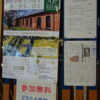
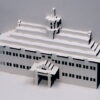
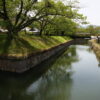
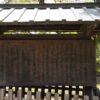

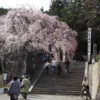
Recent Comments